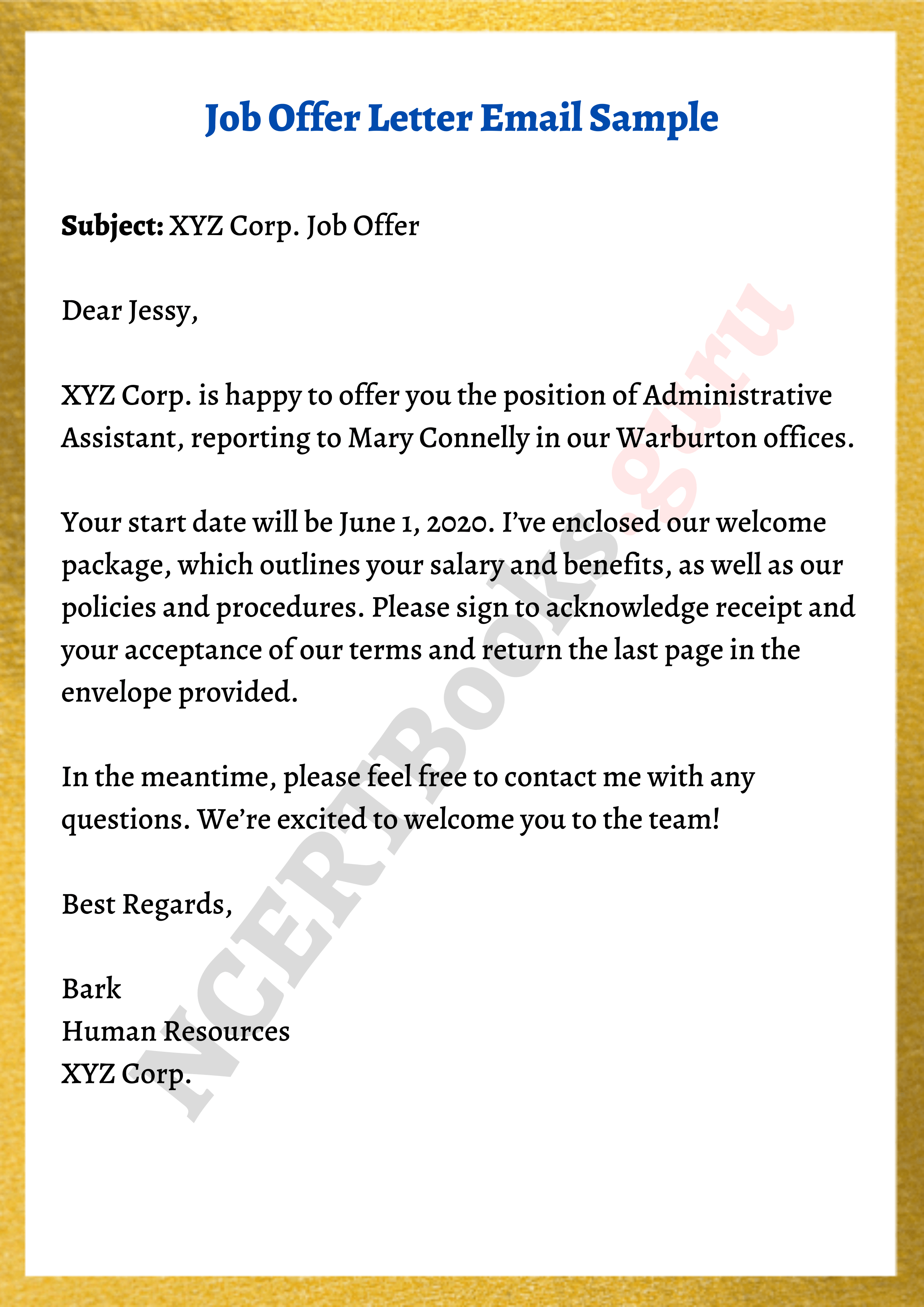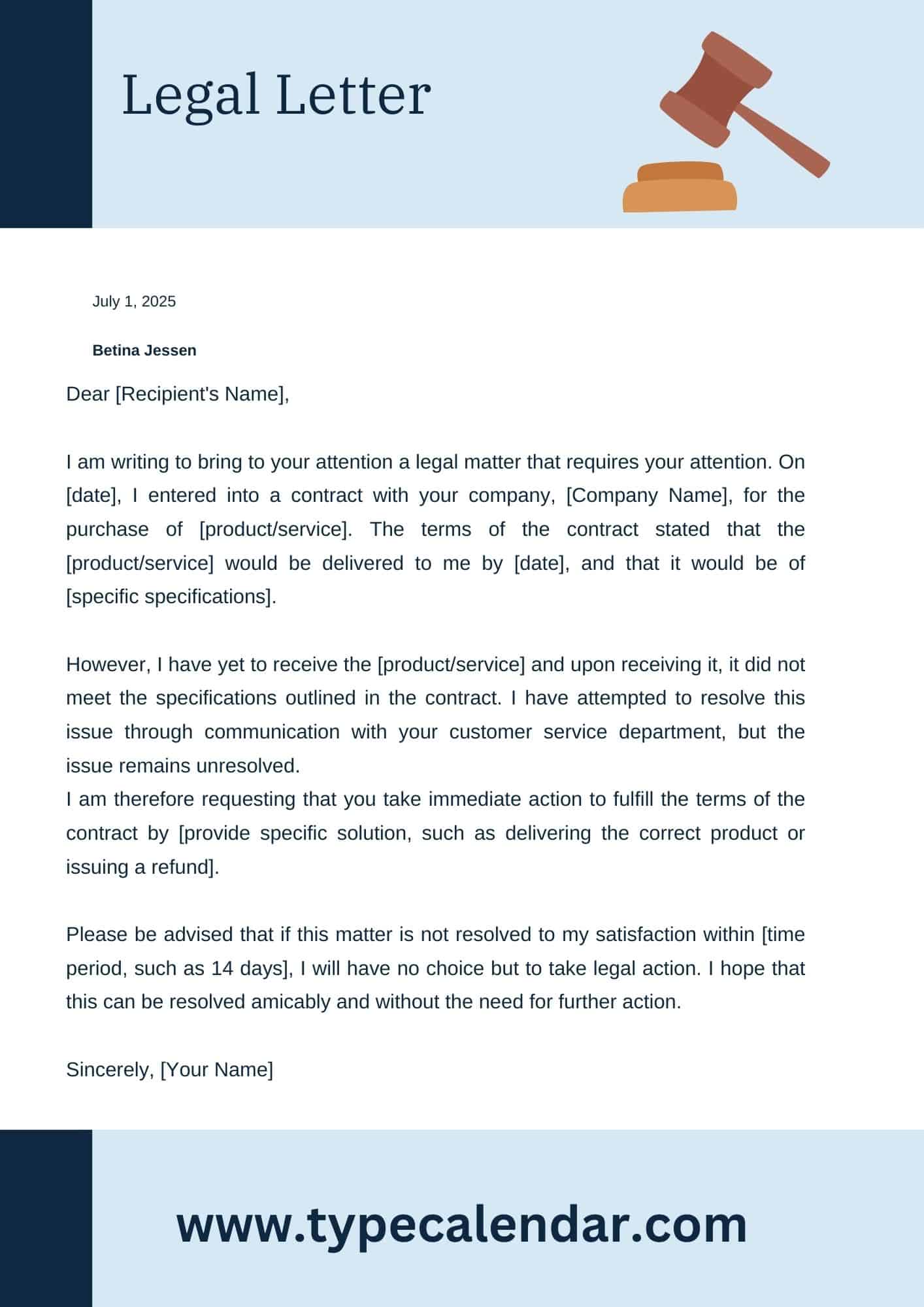Navigating the Nuances of Rights Issue Offer Letters

Imagine a tailored garment, perfectly fitted to the individual. In the world of corporate finance, a rights issue offer letter serves a similar purpose, offering existing shareholders a bespoke opportunity. It represents a privileged invitation, allowing them to maintain their proportional ownership in a company undergoing expansion or restructuring.
A rights issue, also known as a rights offering, grants existing shareholders the right, but not the obligation, to purchase additional shares at a discounted price. This pre-emptive right ensures they can maintain their stake in the company, preventing dilution of their ownership. The document that formalizes this offering is the rights issue offer letter, a crucial piece of communication that outlines the terms and conditions of the offer.
This offer letter acts as the cornerstone of the rights issue process. It meticulously details the subscription price, the ratio of new shares offered for existing shares held, the subscription period, and the procedures for accepting the offer. Understanding this document is crucial for shareholders to make informed decisions about their investment.
The genesis of rights issues can be traced back to the fundamental principles of corporate finance, aiming to balance the needs of companies seeking capital with the interests of existing shareholders. Offer letters emerged as a standardized way to communicate these complex financial transactions, ensuring transparency and fairness.
The importance of a well-drafted rights issue offer letter cannot be overstated. It serves not only as a legal document but also as a communication tool, fostering trust between the company and its investors. A clear and concise offer letter can significantly influence the success of a rights issue, ensuring high subscription rates and ultimately, contributing to the company’s financial stability.
A preliminary rights issue offer letter, or draft offer letter, is essentially a working document. It undergoes several revisions and legal reviews before being finalized and distributed to shareholders. This draft allows for adjustments and refinements, ensuring accuracy and compliance with regulatory requirements. Key details within the letter include the offer price, the entitlement ratio, and the timeframe for accepting the offer.
One primary benefit of participating in a rights issue is the ability to acquire additional shares at a price typically lower than the market price. For instance, if a company offers a rights issue at a 20% discount to the current market price, shareholders can increase their stake in the company at a favorable cost.
Another advantage is the preservation of ownership percentage. By subscribing to the rights issue, shareholders maintain their proportionate ownership in the company, preventing dilution that would occur if new shares were issued solely to new investors.
Furthermore, participating in a rights issue can be seen as a vote of confidence in the company's future prospects. By choosing to invest further, shareholders signal their belief in the company's growth potential and its ability to generate returns.
Advantages and Disadvantages of Rights Issues
| Advantages | Disadvantages |
|---|---|
| Lower share price | Potential dilution if not subscribed |
| Maintain ownership proportion | Requires additional investment |
| Shows confidence in the company | Market risk associated with the new shares |
Best practices for preparing a rights issue offer letter include ensuring clarity and conciseness, using plain language, and providing a comprehensive explanation of the terms and conditions. Consulting with legal and financial advisors is crucial to ensure compliance and accuracy. Furthermore, the document should be meticulously reviewed to minimize errors and ensure all relevant information is included.
Frequently asked questions regarding rights issues often include inquiries about the offer price, the subscription ratio, the process for accepting the offer, and the implications of not participating. Answering these questions clearly and proactively can enhance shareholder understanding and participation.
In conclusion, the rights issue offer letter, particularly in its draft stage, is a pivotal document in the realm of corporate finance. It embodies the delicate balance between a company's need for capital and the rights of its existing shareholders. By understanding the nuances of this document, both companies and investors can navigate the complexities of rights issues effectively, ensuring a mutually beneficial outcome. Taking the time to thoroughly review and understand the offer letter is essential for shareholders to make informed investment decisions. This careful consideration contributes to the overall success of the rights issue, fostering a strong and transparent relationship between the company and its investors. Remember to consult with financial advisors if you have any doubts or require further clarification.
Navigating the bahamian justice system insights into the department of corrections
Decoding north jersey radiology centers your guide to imaging
Unlocking serenity the allure of behr grey blue paint













